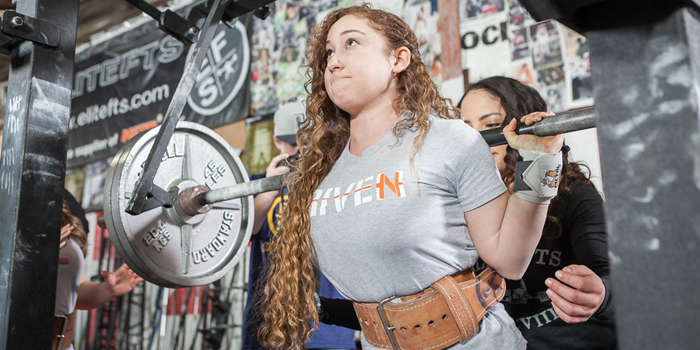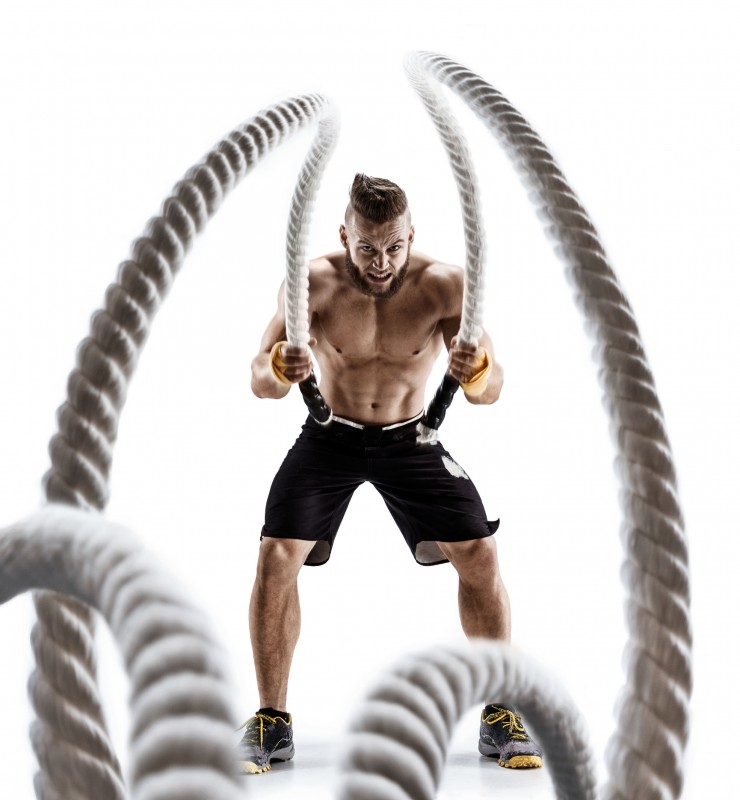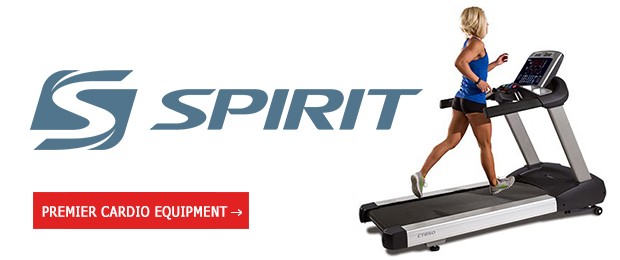
Google “cardio and muscle growth” and I guarantee that most of the bodybuilding articles you find will tell you that cardio is muscle growth’s kryptonite. A lot of articles will tell you that cardio will kill your gains, because early scientific studies showed that indeed it did1-3. Sure, due to things like training specificity, it is true that the type of training you do, the predominant energy systems you use, the muscle fibers you recruit, and the movements you execute dictate your training adaptations. So, if you spend all your time cardio-ing and lifting, it’s likely your muscles might be a bit confused. And I’m by no means writing this article to teach you how to concurrently maximize your strength and cardiovascular gains. Instead, I’m writing it to make a case for why cardio post-lifting might be a good thing, and to tell you why I think skipping it might be curbing your hypertrophy gains. The point of this article is to highlight how cardio can help your hypertrophic gains when done immediately post-training.
Cool Down and Recover
Let’s be real; how often do you see someone doing a cool-down following a heavy lifting session? Let me answer that one for most of you: never. And that’s unfortunate, since cool-downs are cool. Cool-downs are things like low-intensity aerobics followed by some stretching of the muscles you just worked. The point of a cool-down is to help your body get back to its pre-exercise state while speeding up the recovery process.
MORE: Are You Getting Enough O2? — Oxygen's Role in Muscle Growth
So, when you do some low-intensity cardio post training, you are helping yourself recover! When you do whole body, low-intensity, aerobic exercise, your heart rate increases in a way in which blood and nutrients get circulated throughout your body. Cardio helps flush your capillaries with oxygenated blood and pushes lactic acid out of worked muscles. It also prevents blood pooling and helps promote recovery by flushing toxic things that have built up from resistance-induced micro-muscle damage out into circulation. When you get the toxic junk out of the muscle, you improve its ability to recover, and then put your self in the best position to get back to training sooner.
Applying It: Simple, Aerobic, and Low-Intensity
Don’t: Anaerobic sprints are not the kind of cardio I’m talking about here. Keep it simple, keep it aerobic, and keep it low intensity.
Do: Get 10-15 minutes of post workout low-intensity cardio in if you want to help speed up recovery by flushing the toxic stuff out of the muscle. Things like 15 minutes of yoga are great too, because you get the blood flowing and you stretch.
Oxygen Is Energy for the Muscle
I’ve written quite in depth about this before. Long story short, your muscles need oxygen (O2) to keep growing. You see, when you ask your muscles to get bigger (hypertrophy), the existing capillaries (AKA the things that supply O2), get pushed away from the area they oxygenate. We call this increasing the diffusion distance. Because of this, new capillaries are made when the muscles grow (capillary neoformation) to help increase O2 availability to the muscle. This isn’t something that is normally a 1:1 ratio, and rates of hypertrophy often exceed rates of capillary neoformation. Thus, the mismatch makes it so that O2 supply to the muscle is somewhat of a checkpoint to muscle growth. Some work shows that resistance training doesn’t promote capillary neoformation4.
So what can you do? Low-intensity aerobic exercise! Muscle capillarity increases in response to aerobic exercise5. This is super important for muscle growth, because a greater muscle capillary network increases the surface area for O2 diffusion and shortens the diffusion distance, so ultimately the muscle has more O2. Additionally, since the day-to-day energy in muscle is supported by aerobic metabolism, more O2 means more energy and subsequently more support for growth!
Applying It: Low Intensity and Low Volume
Don’t: Don’t get crazy with your cardio and run marathons post-lift because you think more capillary neoformation means more gains.
Do: Keep the intensity and volume low on your aerobic cardio, so it’s enough to stimulate the expression of genes involved in promoting capillary neoformation and to promote adaptations to increase capillary formation.
Summing It Up
I, like many others, believe that too much cardio might prevent you from gaining more muscle. It can add more volume to your training, making it hard for you to recover and adapt in response to resistance training. It can also eat up calories that could have been used for muscle growth. However, if done at a low-intensity post-lift, I’d argue that it might help your gains by speeding up your recovery and promoting capillary neoformation — two things important for muscle hypertrophy. So give it a try, and see what it does for you.
References
- Bell, G.J., Syrotuik, D., Martin, T.P., Burnham, R. & Quinney, H.A. Effect of concurrent strength and endurance training on skeletal muscle properties and hormone concentrations in humans. European journal of applied physiology 81, 418-427 (2000).
- Hickson, R.C. Interference of strength development by simultaneously training for strength and endurance. European journal of applied physiology and occupational physiology 45, 255-263 (1980).
- Kraemer, W.J. et al. Compatibility of high-intensity strength and endurance training on hormonal and skeletal muscle adaptations. Journal of applied physiology 78, 976-989 (1995).
- Tesch, P.A. Skeletal muscle adaptations consequent to long-term heavy resistance exercise. Medicine and science in sports and exercise 20, S132-134 (1988).
- Prior, B.M., Yang, H.T. & Terjung, R.L. What makes vessels grow with exercise training? Journal of applied physiology 97, 1119-1128 (2004).
Image courtesy of Roman Iegoshyn © 123RF.com











